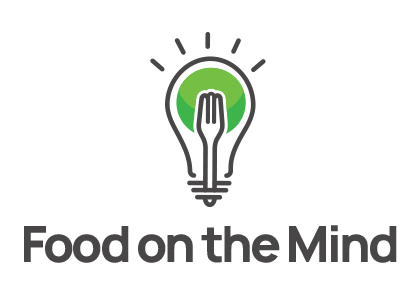My protein mistake
I’ve made a big mistake in my practice. Well, not a big mistake but a mistake in communication. It has to do with protein.
Anyone who follows my work or has worked with me can attest to my love affair with protein. The vast majority of people undereat protein and, in turn, overeat fats and carbs leading to a caloric surplus. I’ve yet to work with one fat loss client who is overeating protein and undereating fats and carbs. And I’m willing to be that I never will. It’s really hard to gain weight on just lean protein.
Obviously my biggest sell for an increased protein intake is preservation of skeletal muscle. When combined with resistance exercise, consuming sufficient protein will help to protect us from muscle loss while in a caloric deficit. As we are continuously losing muscle after about 30 years of age, it’s a huge concern for anyone who is trying to better their health through fat loss.
Another great benefit of a high protein diet is the thermic effect of food. This is simply the amount of energy required to digest and absorb certain foods. The thermic effect of protein is especially high compared with that of other macronutrients. What does this mean? It just means that more energy is required to consume protein therefore the equation of calories in calories out is in greater favor of weight loss.
Last, and one of the biggest reasons I push high protein (defined as 1g/lb of lean mass) is satiety. Protein keeps you fuller longer. Now, there’s been some debate around the truth to this statement due to the protein leverage hypothesis stating that once we have reached our protein requirements we will no longer see greater satiety through protein. While that’s all well and good, very few people are reaching that level so the hypotheticals can stay there and we will deal with what actually is likely to happen. In other words, you’re gonna be more full on a higher protein diet. Which is kind of important if you want to lose weight by eating less calories.
Where I made my big mistake in communication over the years was by making a blanket statement on protein. You see, as a board certified meathead I’m always eating a ton of protein. Shakes are a necessity for me as they help me to get in the requisite protein (at which I consume far above the 1g/lb). The bonus with consuming a highly processed whey hydrolysate is that I can slam it down with almost no feeling of fullness after and still want to eat a full meal in 20 minutes. That works great for me. But not so good for Karen.
You see, Karen does not love protein. She’d much rather eat almost anything rather than another chicken breast. But she’s ready to change and realizes all the benefits that protein will bring. Karen also has a relatively busy work schedule with events a couple times per week. She wants to have a drink and to be able to nosh while there to keep everyone comfortable. Can’t look like the weirdo weighing their party snacks around colleagues. So since we know that hors d’oeuvres are going I be fat and carb bombs with little protein we strategize a day filled with lean protein and vegetables to balance out the day. And to hit up a protein shake right before the party. The protein shake is really just to turn that party into a meal with a balance of protein, fat, and carbs. But I neglected to tell Karen that last bit. So what does she do?
Karen is a problem solver but busy. So when she heard, “protein and veg, shake right before the party” it meant just have a protein shake. She put 2 & 2 together and figured the satiety of protein would be the reason for the shake and she wouldn’t overeat at the party. And what happened? Dumpster fire. She was starving and not only overate the party but had leftover pizza that the kids ordered when she got home.
This is why context is so important and why I failed. I failed to delineate between whole food sources of protein and shakes. Each will be important in the context of application but the way they are used will be different. One is not “better” than the other. They are different.
So if fat loss is your goal, protein should be your priority. But so should satiety. If you find yourself hungry and you are using a lot of shakes to make up your protein requirements, you might need more chicken. If you can’t manage to eat another bite of food, shakes might be the play. Understand context and you’ll understand strategy. And that’s where you’ll see big wins.

